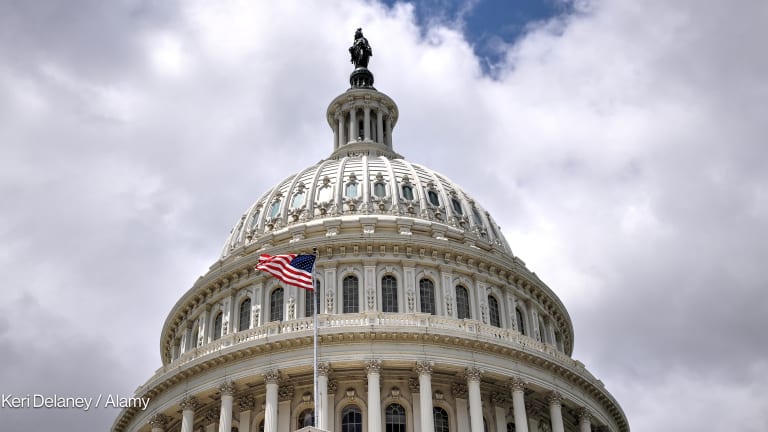The Trump administration has a plan for how it would like to see the U.S. International Development Finance Corporation evolve: more money, more countries, more equity, more flexibility, less oversight.
U.S. President Donald Trump’s proposal, a copy of which was obtained by Devex, would revamp America’s premier development finance institution. There are a number of similar proposals being discussed in Congress, where DFC generally enjoys bipartisan support. But despite having the backing of many Democratic and Republican lawmakers, in addition to the administration — a rarity when it comes to development nowadays — DFC is fast approaching its expiration date.
When the agency was created by the BUILD Act in 2018, it was authorized for seven years, a time frame that expires on Oct. 6, 2025. With few legislative days between now and then as Congress heads home for the August recess, and a lot of work to be done, worries are mounting among advocates whether a reauthorization is even possible before that expiration date. This comes despite efforts to reauthorize DFC starting nearly two years ago to avoid such a precipice.








